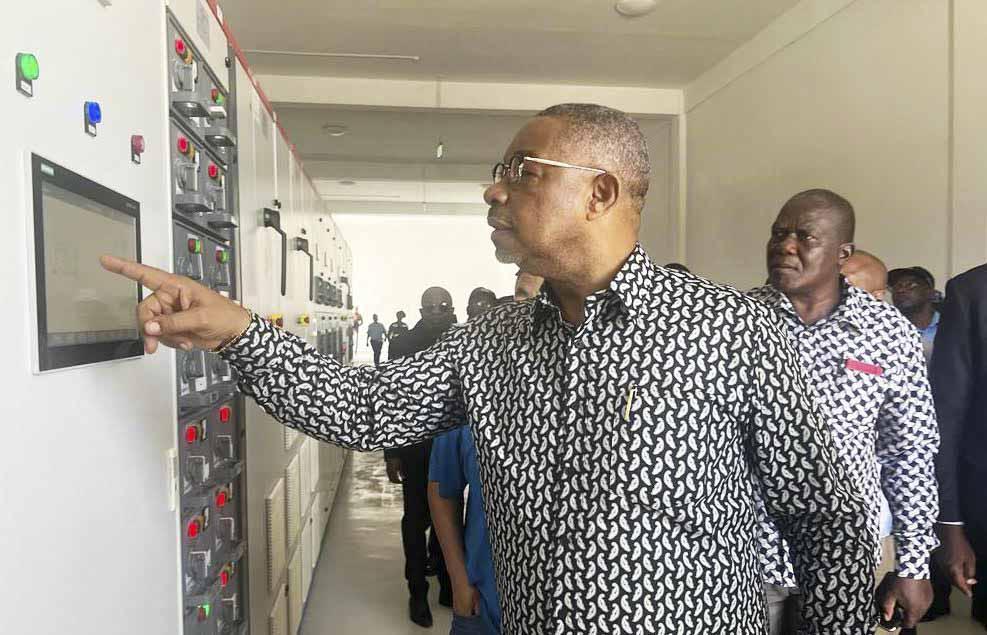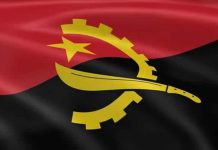Africa-Press – Angola. The project to transfer water from the Cafu canal, located in Cunene province, represents an added value in the strategic policy of economic and social development in the country, said Friday, the Minister of the Interior, Eugénio Laborinho.
Speaking to the press, on the sidelines of the visit to the Cafu pumping station, the minister referred that it is a large-scale project, implemented by the Angolan government, which will minimize the effects of the drought in this region.
It claimed to be a project of paramount importance for the development of agricultural activity, within the framework of combating hunger within local communities.
He recognized that the results are visible along the Cafu channel, especially in the use of water for consumption by the population, livestock and in the practice of agriculture.
On the other hand, Eugénio Laborinho informed that the securing of forces along the Cafu route is being taken care of, in order to preserve this project.
Work is currently underway to repair the 10 slabs, corresponding to a 20-metre extension of the Cafu canal layout, for the normal operation of the Cunene river water transfer system.
The displacement of the plates derives from the heavy rains that occurred in January in the region, causing the overflow of a chana and the subsequent infiltration of water in the channel layout.
Structure of the Cafu channel
Inaugurated on April 4, 2022, the Cafu pipeline is the first of a batch of five projects by the Angolan Government, created within the framework of the program of structuring actions to combat drought in that region, which is benefiting 235 thousand people from the municipalities from Ombadja, Cuanhama and Namacunde.
Valued at 44 billion, 358 million and 360 thousand 651 kwanzas, it is still watering 250 thousand animals and irrigating five thousand hectares of agricultural fields.
In this system, metallic structures were installed for the aspiration chamber and water intake points, the electrical substation building, with three generator sets with a capacity of one megawatt (MW) and a one-dimensional reservoir, in addition to solar panels capable of generating 1.5 megawatt (MG ) power.
The project has an open channel, with an extension of about 165 km.
The main channel is 47 km long, from Cafu station to Ombala yo Mungo, and two others that connect the region of Ndombondola (55 km) and Namacunde (53 km).
The project has 30 chimpacas (water reservoirs), 100 meters long, 50 meters wide, five to six meters deep and a water storage capacity ranging from 25,000 to 30,000 cubic meters.
During the two days of work in Cunene, Eugénio Laborinho carried out inspection visits to the command of the Fire Department, the Foreign Migration Service (SME), the Criminal Investigation Service (SIC), among others.
For More News And Analysis About Angola Follow Africa-Press






